Jewellery isn’t just about adornment; it’s a reflection of who we are, where we come from, and what we value. This blog takes you through the decades, from the post-independence pride of the 1950s to the sustainable choices of the 2020s, exploring the history of Indian jewellery and how the jewellery we wear has evolved with the times.
Tracing the Origins
Have you ever wondered about the story behind the jewellery you wear? Every piece, whether it’s a simple ring or an elaborate necklace, has a history that stretches back thousands of years. Jewellery has been a part of human culture for as long as we’ve existed, evolving alongside us, reflecting our beliefs, our status, and our creativity. Today, we’ll dive deep into the history of Indian jewellery, exploring its origins and evolution, how it became a symbol of wealth and power, and how Indian jewellery, in particular, has captured the world’s imagination.
The Early History of Jewellery
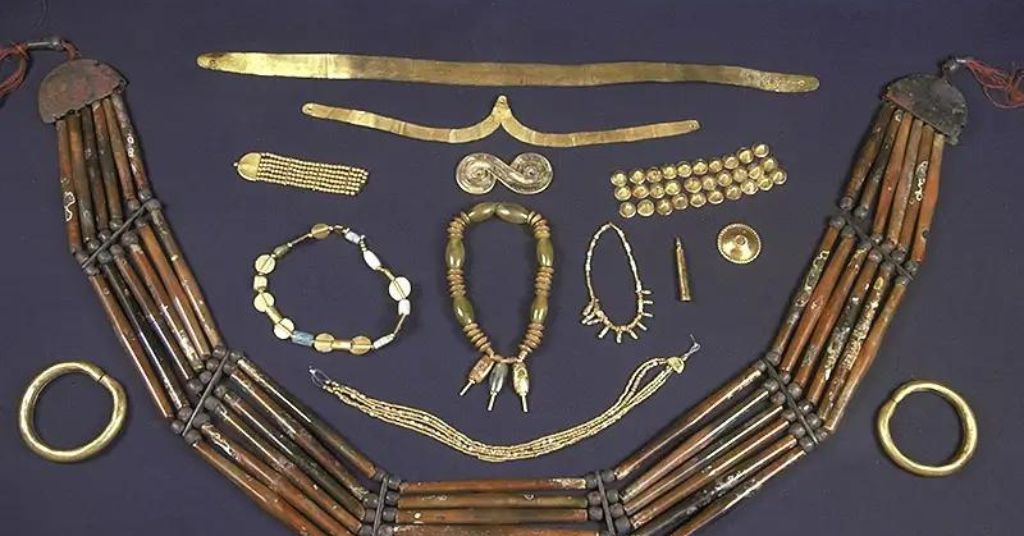
Let’s travel back to a time before written history when the first pieces of jewellery were born. The earliest known jewellery dates back over 150,000 years, with archaeologists discovering shell beads in a cave in Morocco, worn by ancient humans as a form of personal adornment. These simple beads were likely used for decoration, but they also served as early symbols of status, identity, and possibly even spirituality.
As humans evolved, so did their jewellery. Early jewellery was crafted from materials available in nature – stones, shells, and later, metals like copper and bronze. These items were not just decorative; they held significant meaning, often used in rituals or as talismans believed to protect the wearer. Jewellery quickly became a universal part of human culture, with every civilisation developing its own unique styles and techniques.
The Rise of Gold: A Symbol of Wealth and Power
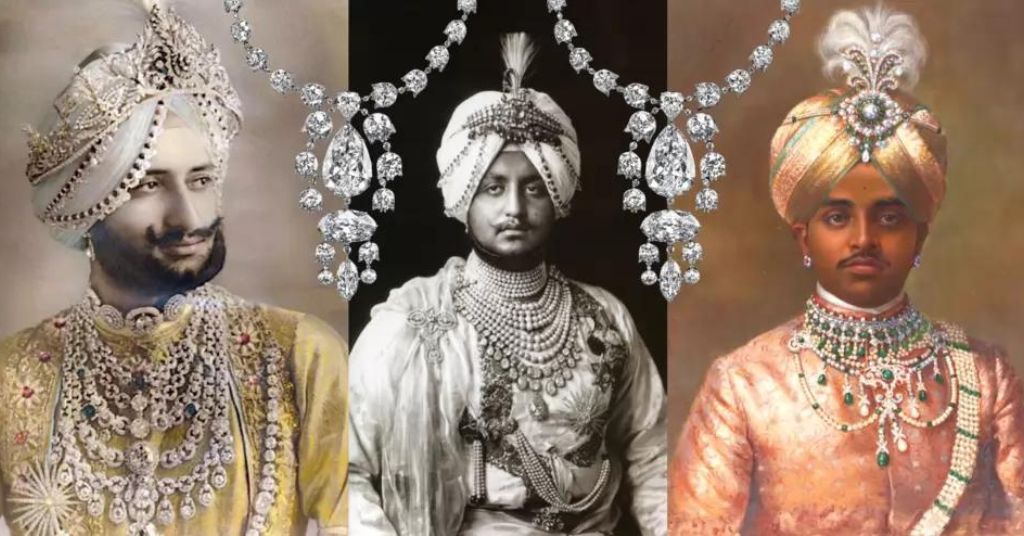
Gold’s association with wealth and power dates back to ancient times. By around 3000 BCE, the ancient Egyptians were using gold extensively in their jewellery, creating elaborate pieces that were often buried with their owners to accompany them into the afterlife. Gold’s natural beauty, resistance to tarnish, and rarity made it the perfect material for creating symbols of power and divinity.
The Egyptians weren’t the only ones enamoured with gold. Civilisations across the world, from the Incas in South America to the early kingdoms of India, revered gold for its beauty and value. In ancient India, gold was not just a symbol of wealth but also an integral part of religious ceremonies and social status. The use of gold in Indian jewellery dates back thousands of years, with references found in ancient texts and archaeological sites, showcasing its deep-rooted significance in Indian culture.
The Allure of Diamonds
Diamonds have long been regarded as the ultimate symbol of love, power, and invincibility. The word “diamond” comes from the Greek word “adamas,” meaning unconquerable or indestructible, reflecting the gemstone’s unmatched hardness and brilliance. The earliest known diamonds were found in India around the 4th century BCE, in the Golconda region, which remained the world’s only source of diamonds for over a thousand years.
In ancient India, diamonds were believed to be imbued with supernatural powers capable of protecting the wearer from harm. They were often set in elaborate jewellery worn by royalty and the elite. The fascination with diamonds spread to Europe during the Middle Ages, where they became symbols of purity and status. By the 14th century, diamonds were being cut and polished to enhance their brilliance, leading to the creation of stunning jewellery that we still admire today.
The Influence of Indian Jewellery on the World
Indian jewellery has always been renowned for its intricate designs, craftsmanship, and the cultural stories it tells. From the Mughal courts to the temples of South India, Indian jewellery is a blend of history, tradition, and artistry. Over the centuries, as India engaged in trade and cultural exchanges with the rest of the world, its jewellery began to influence global trends.
One of the most significant periods of influence was during the Mughal era when India’s gems and jewellery captivated European royalty. Indian jewellery, particularly pieces featuring intricate Kundan and Meenakari work, became highly sought after. With their lavish lifestyles, the Maharajas of India showcased the country’s wealth and craftsmanship to the world, inspiring jewellery trends in Europe and beyond.
Indian Jewellery in Modern Times
In modern times, Indian jewellery has continued to captivate the world. Its vibrant colours, intricate designs, and cultural significance make it a favourite for weddings, special occasions, and even mainstream fashion. International designers often draw inspiration from Indian motifs, and Indian movies, with their global reach, have played a significant role in popularising Indian jewellery styles worldwide.
The Most Popular Indian Jewellery in the World
When we talk about the most popular Indian jewellery on the global stage, the Polki and Kundan jewellery stand out. These styles, which involve setting uncut diamonds in gold foil, have become highly sought after for their raw, natural beauty. Polki and Kundan pieces are now worn by brides not just in India but around the world, often seen in high-profile weddings and red-carpet events.
Another globally admired style is the Meenakari jewellery, which is known for its colourful enamel work. This technique, which originated in Rajasthan, adds a burst of colour to traditional gold jewellery, making it both vibrant and elegant.
Evolution of Indian Jewellery
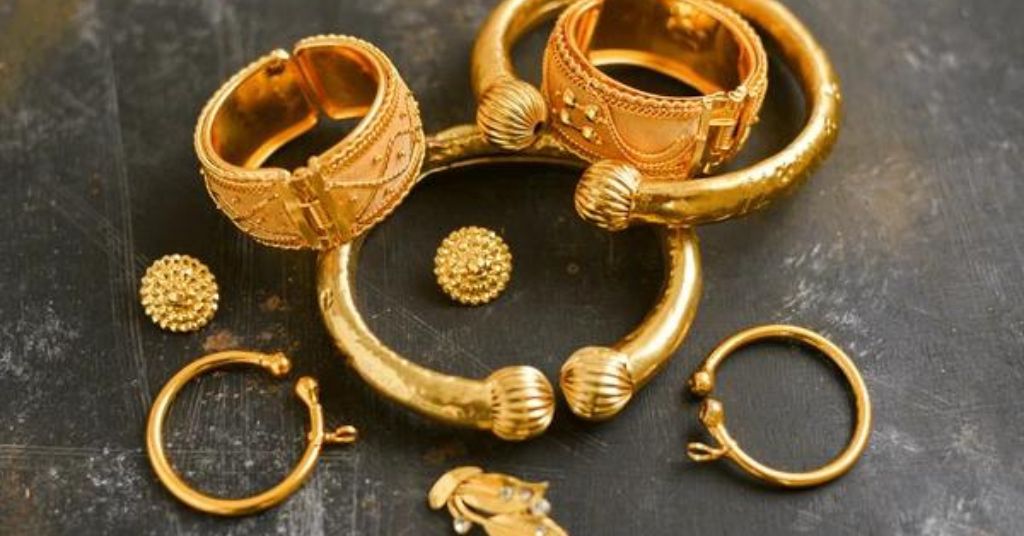
From Ancient Times to the Modern Era
Indian jewellery has come a long way from its ancient origins. Over the centuries, it has evolved in response to changing tastes, technological advancements, and cultural influences. Each era has left its mark on the jewellery we see today, with traditional techniques being passed down through generations, often blending with modern designs and trends.
Evolution of Indian Jewellery: A Decade-by-Decade Breakdown
- 1950s: The Era of Traditional Grandeur: The 1950s was a decade marked by the celebration of India’s newfound independence. Jewellery from this era was steeped in tradition, with a focus on handcrafted, ornate designs that reflected regional styles. Gold was the primary material, often enhanced with Kundan and Meenakari work. These pieces were not just adornments but symbols of cultural pride and heritage.
- 1960s: Nature’s Influence: The 1960s brought a shift towards more delicate, nature-inspired designs. Floral motifs, leaves, and organic patterns became popular, reflecting a society that was beginning to reflect simplicity and modernity. Jewellery from this era was lighter, often featuring gold, silver, and pearls, making it suitable for everyday wear.
- 1970s: Bold and Chunky: The 1970s were a time of experimentation, where jewellery became bold, chunky, and infused with a bohemian spirit. This was the decade of self-expression, with pieces that were big and colourful, often influenced by Western fashion trends. The use of beads, silver, and mixed materials reflected the free-spirited, rebellious nature of the time.
- 1980s: Geometric and Glamorous: The 1980s marked a period of economic liberalisation in India, leading to a rise in disposable income and a demand for more luxurious, glamorous jewellery. Geometric patterns and large, eye-catching designs became the hallmark of this decade. Gold and diamonds were the materials of choice, with synthetic stones making their debut in mainstream jewellery, offering affordable glamour.
- 1990s: Minimalism Takes Hold: In the 1990s, minimalism became the defining trend in jewellery. As the world became more globalised, there was a shift towards clean, contemporary designs that focused on simplicity and elegance. Gold, platinum, and diamonds were still popular, but the designs were sleeker, reflecting the minimalist aesthetic that was taking hold in fashion and design.
- 2000s: Fusion of Traditions: The 2000s saw a fusion of traditional and modern styles, resulting in jewellery that was both timeless and trendy. Designers began to experiment with combining traditional motifs with contemporary designs, creating pieces that could be worn with both Indian and Western attire. This decade was marked by innovation, as jewellery began to cater to a more global audience, reflecting the interconnectedness of the world. Gold, white gold, platinum, and coloured gemstones were prominently featured, and jewellery became more versatile, designed for a wide range of occasions.
- 2010s: Personalisation and Expression: The 2010s brought a significant shift towards personalisation in jewellery. Consumers were no longer satisfied with generic pieces; they wanted jewellery that reflected their individual personalities, tastes, and life stories. This led to a rise in customised jewellery, where each piece could be tailored to the wearer’s preferences. The use of rose gold became particularly popular during this decade, alongside silver, platinum, and semi-precious stones. Statement jewellery also made a comeback, with bold pieces that could transform any outfit into something extraordinary.
- 2020s: Sustainability in Focus: In the 2020s, the jewellery industry has seen a growing emphasis on sustainability and ethical sourcing. Consumers are increasingly aware of the environmental and social impact of their purchases, leading to a demand for jewellery that is not only beautiful but also responsible. This decade has seen the rise of recycled metals, lab-grown diamonds, and ethically sourced gemstones. Jewellery designers are now focusing on creating pieces that are both stunning and sustainable, ensuring that their work contributes positively to the world. This shift towards sustainability has also brought a renewed appreciation for artisanal craftsmanship, with a focus on creating high-quality, long-lasting pieces.
- 2024: Revival of Heritage and Craftsmanship: Looking ahead to 2024, there is a clear trend towards reviving traditional techniques and craftsmanship. Consumers are increasingly valuing the heritage and cultural significance of jewellery, seeking out pieces that tell a story and connect them to their roots. Gold, silver, enamel, and natural gemstones are expected to dominate the jewellery landscape, with a focus on intricate, handcrafted designs. This revival is not just about nostalgia; it’s about preserving the rich history of jewellery-making and ensuring that these time-honoured techniques are passed down to future generations.
VBJ – A Journey of Timeless Indian Jewellery
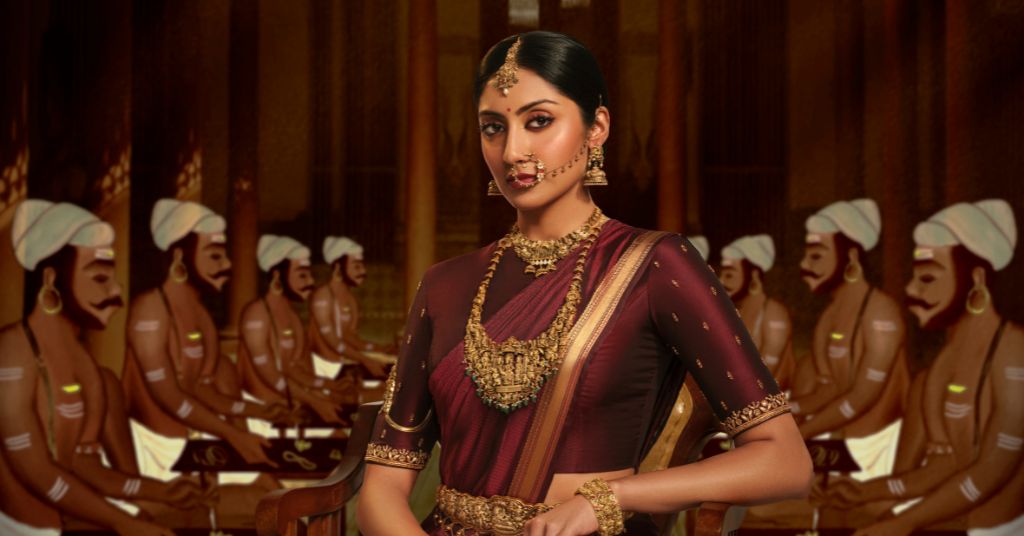
VBJ, Vummidi Bangaru Jewellers, has been creating beautiful jewellery in India for over 120 years. Our story began in 1900, and since then, we have grown to a renowned name in the world of Indian jewellery. We take pride in blending traditional designs with modern styles, creating pieces that are both classic and contemporary.
Our jewellery collections celebrate India’s rich cultural heritage. Each piece is thoughtfully designed to capture the beauty and history of India while also appealing to today’s fashion trends. Whether it’s intricate temple jewellery or stunning diamond pieces, every item we make reflects the skill and care of our artisans.
Our collections testify to the brand’s ability to stay held to its roots while reflecting contemporary trends. VBJ’s jewellery is designed to be timeless, ensuring that it can be passed down through generations.
Summing Up
The evolution of Indian jewellery is a story that spans thousands of years, reflecting the changes in human society, culture, and technology. From the earliest shell beads worn by our ancestors to the elaborate gold and diamond creations of today, jewellery has always been a way for us to express our identity, status, and beliefs. Indian jewellery, in particular, has a rich history that has influenced global trends and continues to be admired for its beauty and craftsmanship. As we look to the future, the focus on sustainability and the revival of traditional craftsmanship promises to keep the art of jewellery-making alive and thriving for generations to come.
| For Latest Updates and Trends Checkout Official Vummidi Bangaru Jewellers Instagram Page |
FAQs Related To History of Indian Jewellery
1. What makes Indian jewellery unique?
Indian jewellery is renowned for its intricate designs, rich use of materials like gold and gemstones, and its deep cultural significance. Each piece often tells a story, whether it’s through traditional motifs or the techniques used to create it.
2. How has Indian jewellery influenced global fashion?
Indian jewellery has influenced global fashion through its unique designs and craftsmanship. Indian movies have played a significant role in popularising Indian jewellery internationally, and many global designers have drawn inspiration from Indian motifs and techniques.
3. What are some popular Indian jewellery styles worldwide?
Some of the most popular Indian jewellery styles worldwide include Kundan, Polki, Meenakari, and Temple Jewellery. These styles are admired for their intricate craftsmanship and cultural significance.
4. What is the significance of jewellery in Indian culture?
Jewellery in Indian culture is more than just adornment. It holds deep cultural, religious, and social significance. From ancient times, jewellery has been used to symbolise status, power, and wealth. It also plays a crucial role in rituals and ceremonies, especially during weddings, where it represents blessings, prosperity, and protection.
5. How does Indian jewellery vary by region?
India’s diversity is reflected in its jewellery, with different regions having distinct styles. For instance, Kundan and Polki jewellery is popular in Rajasthan, while Temple jewellery is a speciality in South India. Maharashtra is known for Kolhapuri Saaj, and Bengal is known for Shakha Pola bangles.
 Store Locator
Store Locator 

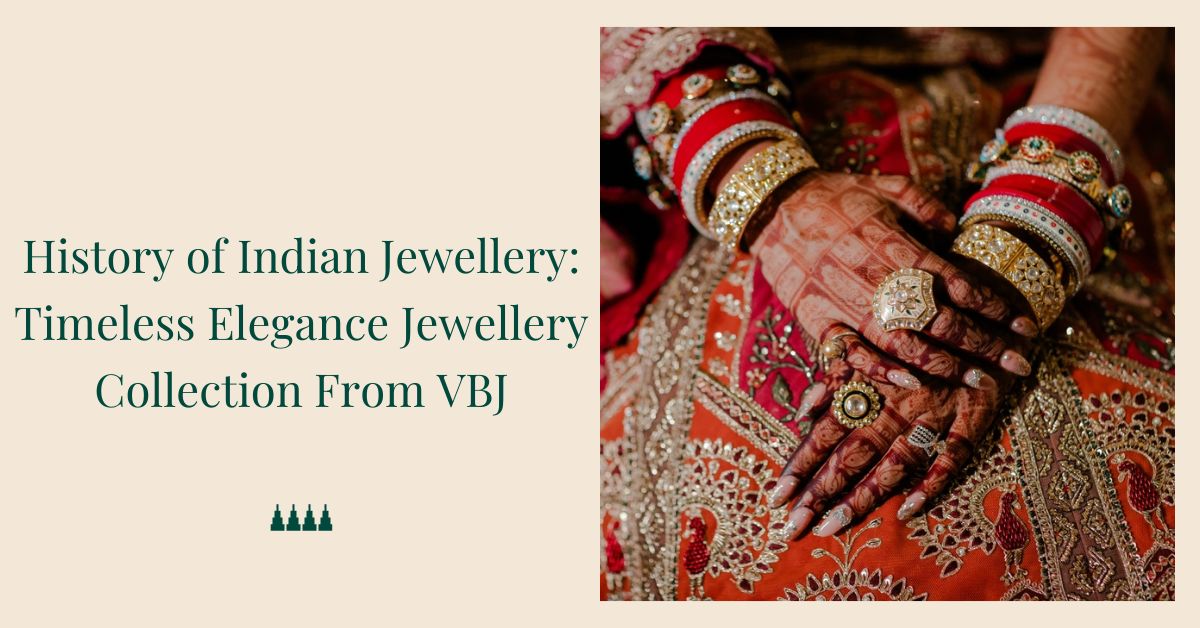
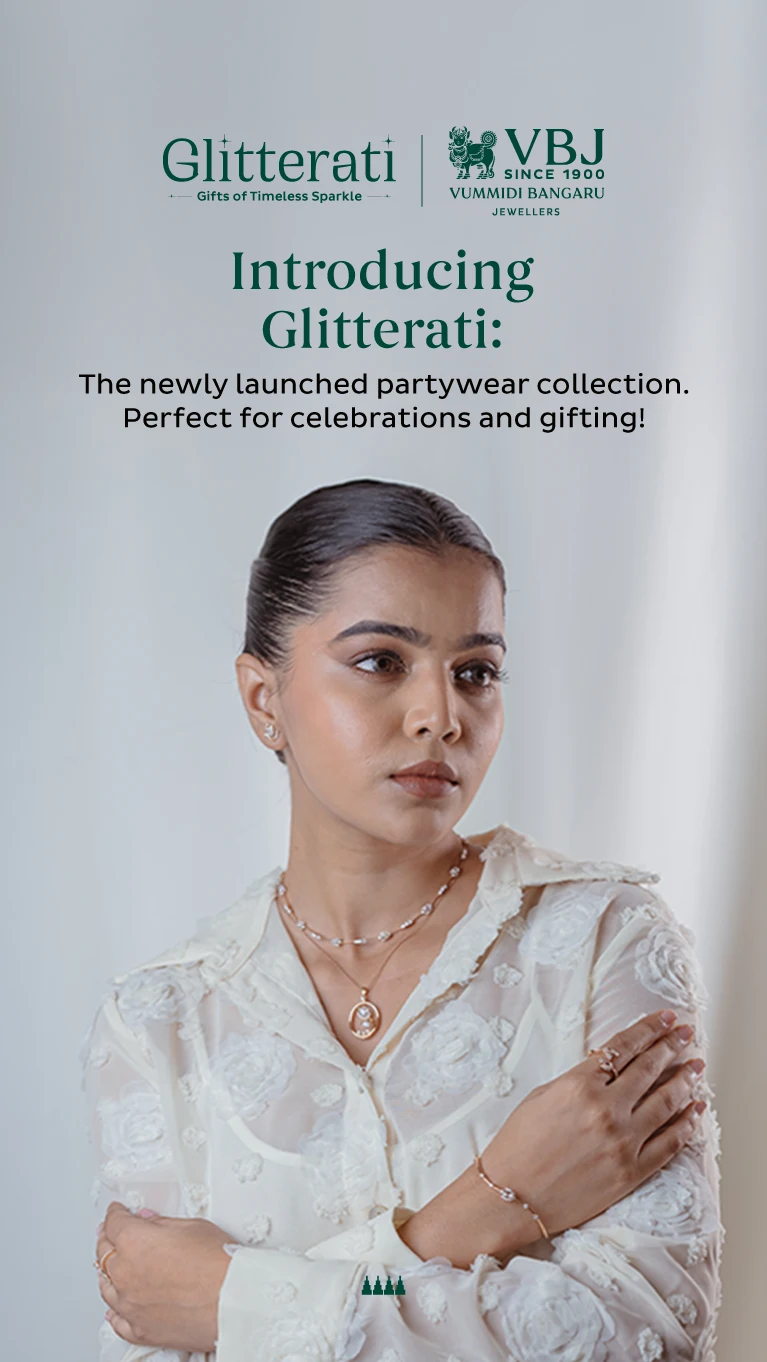
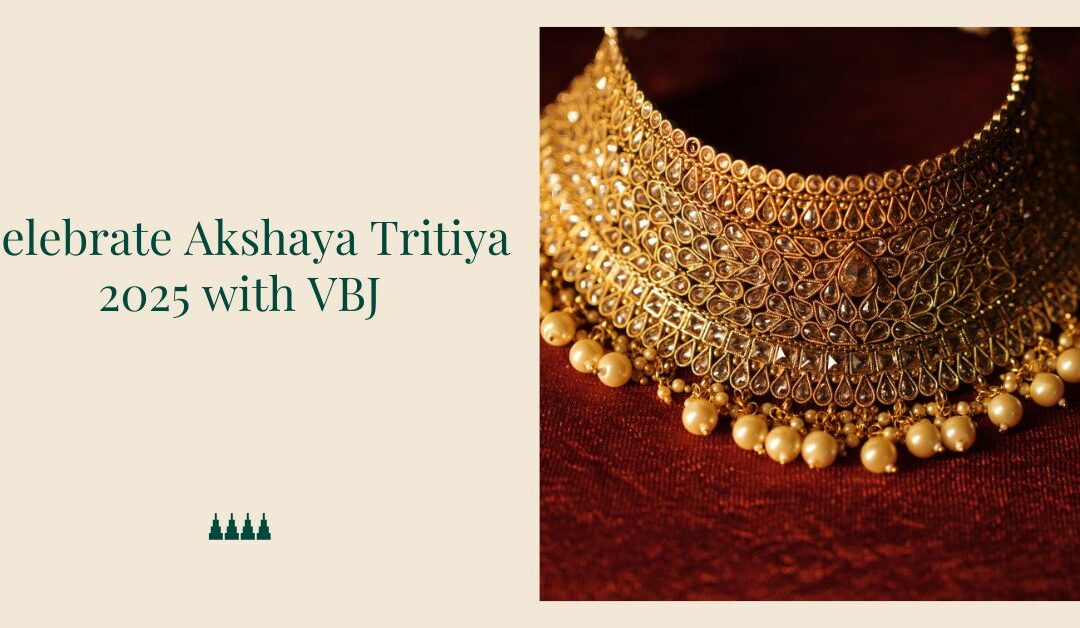
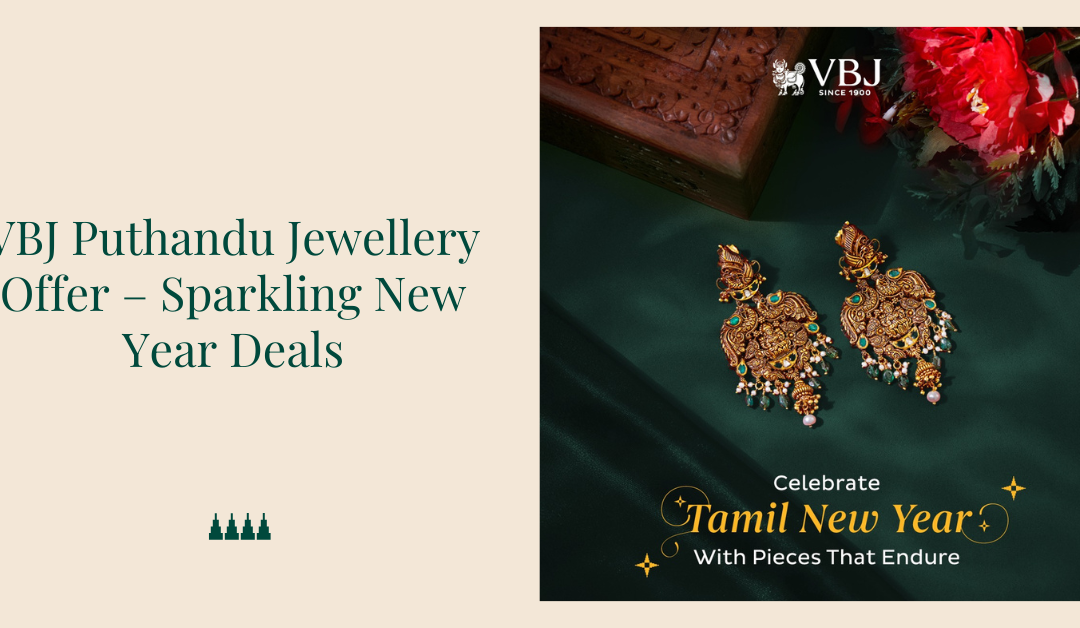
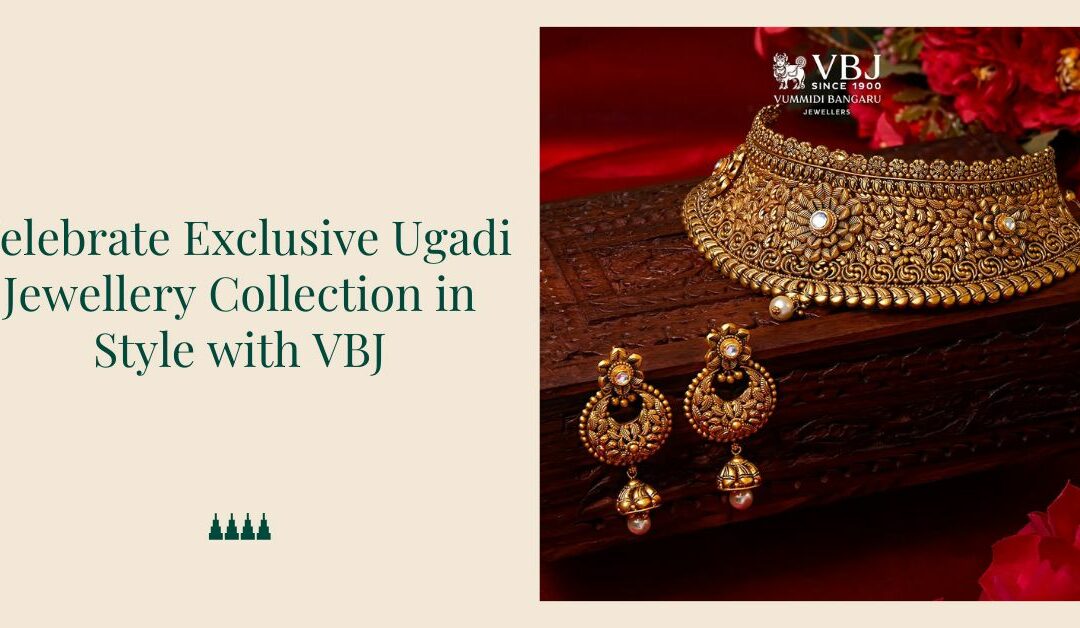
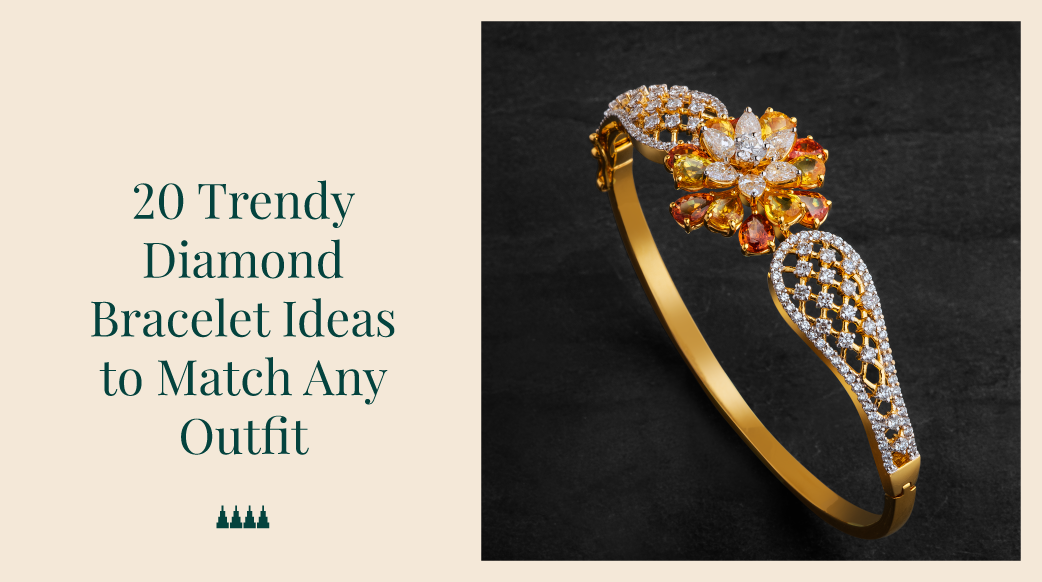
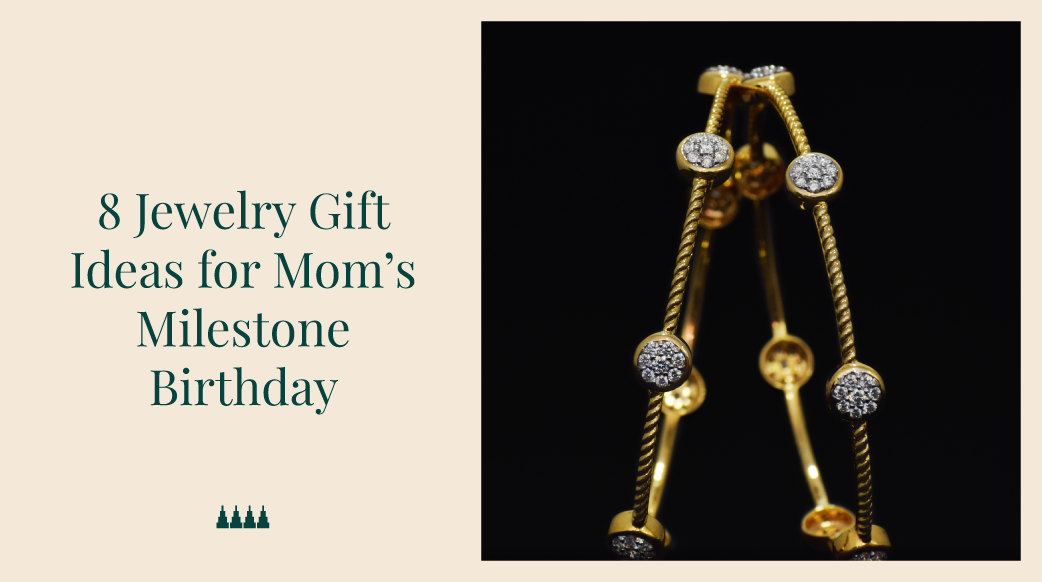
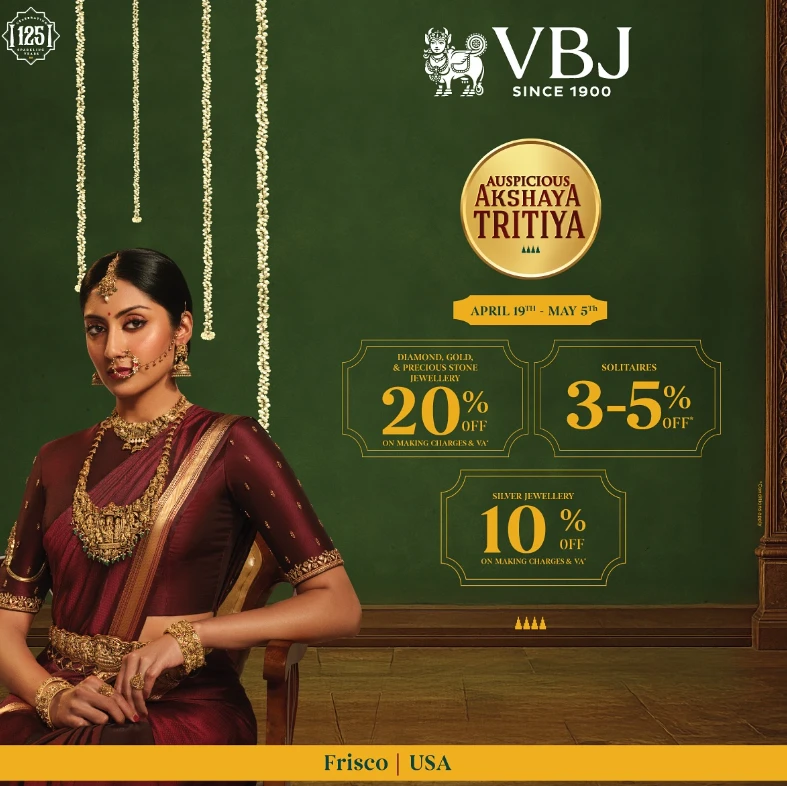
0 Comments